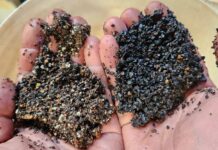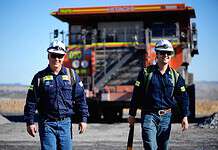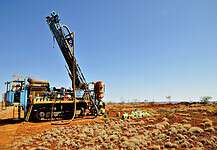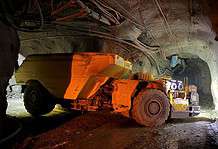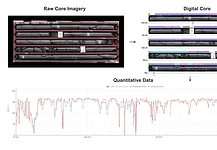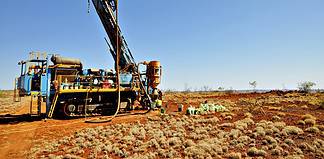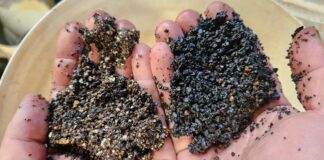TERRESTRIAL Ecosystems was the sole provider of terrestrial fauna management services for the construction of the $35b on and off-shore Wheatstone LNG project.
Working between November 2011 and July 2018, the company had to remove or “deconstruct” more than 100 large termite mounds that were scattered across the landscape.
In doing so, it recorded 34,646 individual vertebrate fauna – including a diverse range of reptiles, an abundance of frogs and a smaller but important number of feral and pest species – that had made the mounds their own micro-habitat.
Terrestrial Ecosystems partner and principal zoologist Scott Thompson said the work had been highly varied, including catching and relocating fauna during the vegetation clearing programs, removing fauna from the village and newly constructed LNG plant, trapping feral fauna (ie. cats and foxes), removing fauna that were injured or died as a consequence of the works program, and educating the workforce about the importance of fauna on site and in the region.
“The Wheatstone site was a very complex project and we were required to liaise with more than 50 different contractors to gain access to various work areas, work alongside heavy machinery, respond to fauna call outs on a 24/7 basis and provide advice to traditional owners, client staff and contractors with varying levels of knowledge or ability,” he said.
More than 10,000 frogs, 444 Stimson’s pythons, almost 1000 goannas and 60 death adders were recorded.
There were more than 240 species of fauna recorded and more than 100 feral cats were euthanased.
Dr Thompson said 158 termite mounds were deconstructed and more than 4200 fauna salvaged during the process, highlighting the importance of the micro-habitat that the mounds provide in the Pilbara.
“Large above-ground termitaria provide an important food resource for small vertebrates, protection from fires and flooding, a thermal environment that modifies the external extremes and nesting sites for birds and reptiles,” he said.
“Due to their size and how hard they were, a small excavator would break up portions of the termite mounds and these would be carefully broken up by hand or hand-held hammers.
“The process could take up 3hrs per mound with four to five staff.”
During all vegetation clearing, staff would monitor the clearing process and collect live and dead fauna.
The fauna were identified and live fauna released into similar habitat in the surrounding region. Released fauna were spread out so not to overcrowd existing habitats.
Cats and small native mammals were caught in cage traps and aluminium box traps and all reptiles were caught be hand.
Dr Thompson said that at the peak of construction, there were eight full-time FIFO staff on the project, who completed more than 100,000 hours without an loss-time injury (LTI).
“The fauna salvage program resulted in a significant number of rescued fauna, some great scientific outcomes, range extension data for a number of fauna species, and new knowledge on invasive species incursions resulting from construction programs, which will influence the regulatory approach for future construction programs, and has provided employment opportunities for almost 50 new career zoologists on fauna management in real life industry placements,” he said.
“Going forward it is essential that there is a change in government policy with regards to fauna management, so that there is more focus on the way companies approach fauna management during mining and land development programs.
“Currently there is no policy or State Government guidelines for this type of work, and the current focus is on the rare or threatened fauna only – even when this does occur, it is often done poorly.”
Dr Thompson said that State Government guidelines are essential and would mean a more universal implementation of fauna management programs across WA during vegetation clearing programs, whether it be the mining or land development industries. “Monitoring the outcomes of any fauna management programs are also important,” he said.



